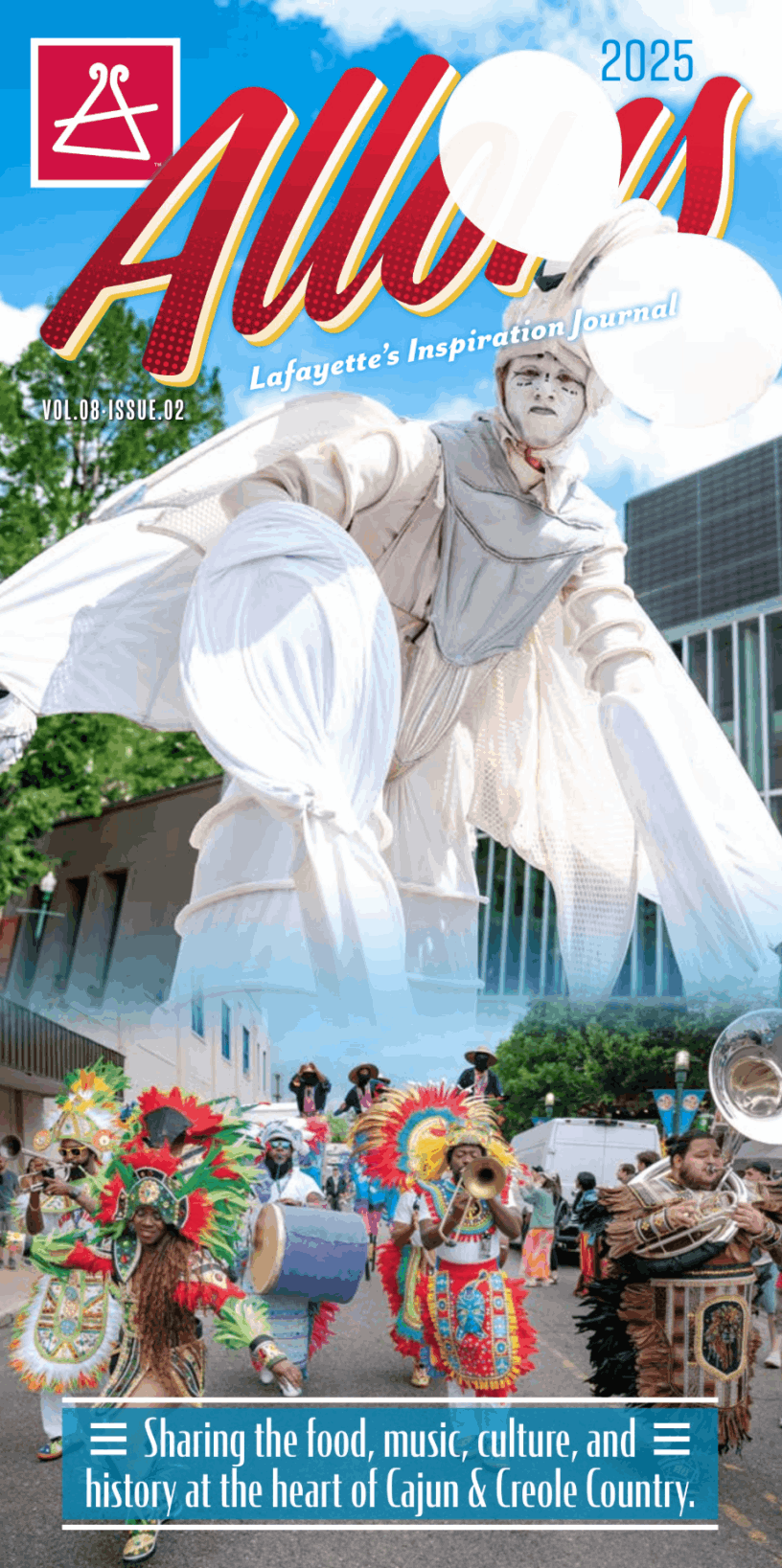History Unveiled: A Journey Through Time
Indigenous Beginnings and Early Settlement
Long before European settlers arrived, the lush landscapes around present-day Lafayette were home to the Attakapas and Chitimacha Native American tribes, who thrived on the abundant natural resources of the region. These indigenous peoples established intricate trading networks along the waterways that would later attract European interest. Reminders of this heritage remain in place names, cultural traditions, and in the Lafayette Science Museum’s archaeological collections.
- “Attakapas” remains part of local geography, referring to the historic district that includes today’s Lafayette Parish
- Archaeological evidence of indigenous settlements dating back over 2,000 years
- Enduring influence on Cajun culture through traditional foodways, fishing techniques, and environmental knowledge
The Acadian Arrival: A People Reborn
The most defining chapter in Lafayette’s history began in the mid-18th century with the arrival of Acadian exiles, displaced from Nova Scotia during Le Grand Dérangement (The Great Upheaval). Between 1765 and 1785, French-speaking refugees rebuilt their lives in South Louisiana, laying the foundation for today’s Cajun culture.
- Approximately 18,000 Acadians deported from Canada between 1755 and 1763
- First Acadian settlers arrived in the Attakapas District in 1765
- Preserved language, faith, and customs shaped the region’s Cajun identity
- Festivals Acadiens et Créoles celebrates Cajun heritage through music, food, and culture
From Vermilionville to Lafayette
Formally established in 1821 as Vermilionville, the town became a central hub for agriculture and trade. It was renamed Lafayette in 1884 to honor the Marquis de Lafayette. The period saw the growth of civic institutions and infrastructure that still define the city today.
- Original town layout by Jean Mouton remains in Lafayette’s downtown core
- St. John’s Cathedral, founded in 1821, is one of the oldest in the region
- 1880s railroad expansion enhanced commerce and mobility
- Vermilionville Historic Village serves as a living museum of the period
Oil Boom and Economic Transformation
The discovery of oil in the early 20th century transformed Lafayette from an agricultural town to a regional petroleum hub. The economic boom brought population growth, new institutions, and laid the foundation for a diversified local economy.
- Population more than doubled between 1940 and 1950
- Oil Center business district established in the 1950s
- University expansion of what is now the University of Louisiana at Lafayette
- Lafayette Science Museum founded in 1969 to preserve local heritage
Cultural Renaissance and Modern Development
Since the 1970s, Lafayette has celebrated a cultural renaissance, embracing its Cajun and Creole roots while diversifying its economy and modernizing civic life. The city is now known as a healthcare, education, and cultural center of the Gulf South.
- CODOFIL established in 1968 to preserve French language and culture
- Festival International de Louisiane founded in 1986, now one of the largest Francophone festivals in the U.S.
- Acadiana Center for the Arts opened in 1975, supporting local artists and cultural initiatives
- Lafayette Health Care System expansion turned the city into a regional medical hub
The history of Lafayette lives not only in its museums and landmarks but in the daily life, cuisine, language, and music of its people. As a physician, you’ll be part of a living tradition, one that values history, celebrates culture, and welcomes newcomers into a deep sense of community and belonging.
